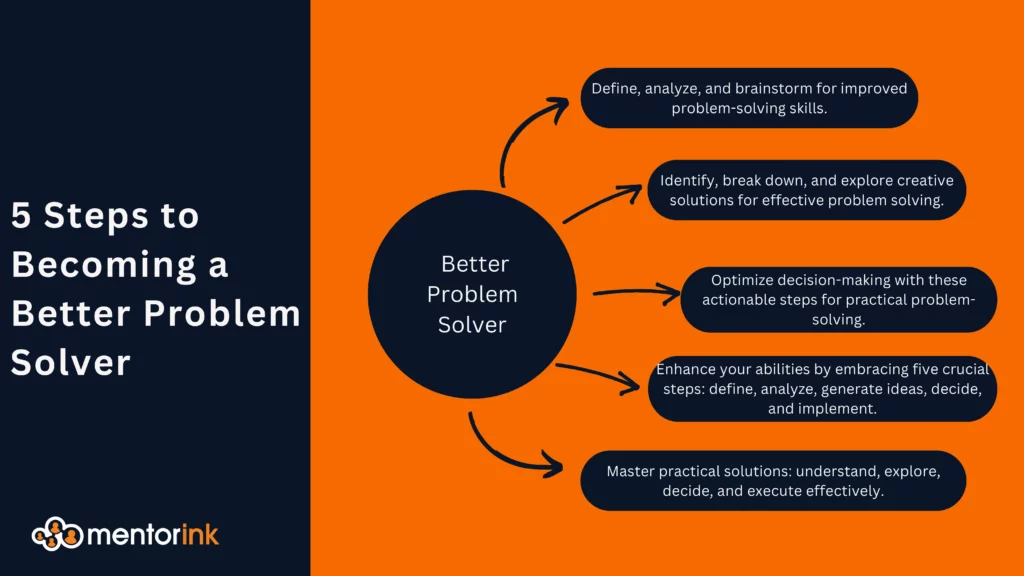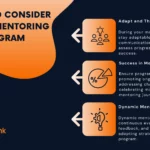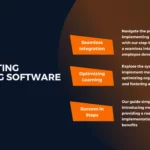
Whether you’re in the workplace or just assessing daily life, you’re bound to encounter different problems along the way. Devising a solution for these problems can be challenging if you don’t have the right tools. If you’re willing to learn how you can be a better problem solver, however, keep reading below.
1. Identify the problem
The first step to becoming a better problem solver is clearly outlining what the problem is. Before you start developing solutions, you need to have a clear picture of what the issue is. You can only do this once you assess the situation from different angles and determine the issue.
2. Determine the root causes
No problem exists in a bubble – there are always root causes that have brought us to this stage. Developing a solution to any problem requires you to first understand these root causes. When you develop a solution, you’ll be handling these issues directly. So, it’s helpful to think of the problem as just the symptom, but the causes are the actual issue. “What is Executive Mentoring? What are the Benefits for Mentees?” can be useful to learn how mentorship programs can help you to determine root of the problem.
3. Find multiple solutions
Any good problem solver knows that the first few tries may fail. You might feel that you’ve developed a remarkable, fail-safe solution, but during implementation, the reality can be exactly the opposite. If you set out with only one solution, in the case your single solution does not work you may get into a panic and cause a loss of time and effort. This is why you need to develop multiple solutions, each covering a possible loophole you may have overlooked earlier. If you feel you’ve run out of solutions, asking for help and getting different perspectives can help you think outside the box.
4. Choose the solution that will work best
Once you’ve outlined several possible solutions, it’s time to narrow down and pick one. This can be one of the most time-taking stages of the entire process and often carries the most weight. The solution you pick now will determine the outcome of the situation later, so you need to be very careful. The deliberation process can involve other’s objective opinions, too, to help you have a different perspective as you narrow down. Going over the possible situations which may result through the implementation of each solution can be useful in helping you decide.
5. Plan and implement your solution
Once you’ve picked a solution, it’s time to set everything in motion. This includes mainly the logistics of the solution. You need to stock up on the resources, figure out the timelines, and work towards setting everything in motion. This step can be more complicated than you realize, as unexpected issues may arise when you’re trying to implement your solution. However, it’s essential to stay on track, stick to your deadlines and ensure everything is carried out as much as possible.
6. Measure the success of your solution
Once you’ve implemented everything and watched your vision come to life, there’s still a little bit of work left. After everything is done, it’s important to measure the success of your solution and study the process. Identifying your strengths and weaknesses can help you devise better solutions in the future. Moreover, it can also help you identify your strong points and help you integrate them into similar solutions next time.


